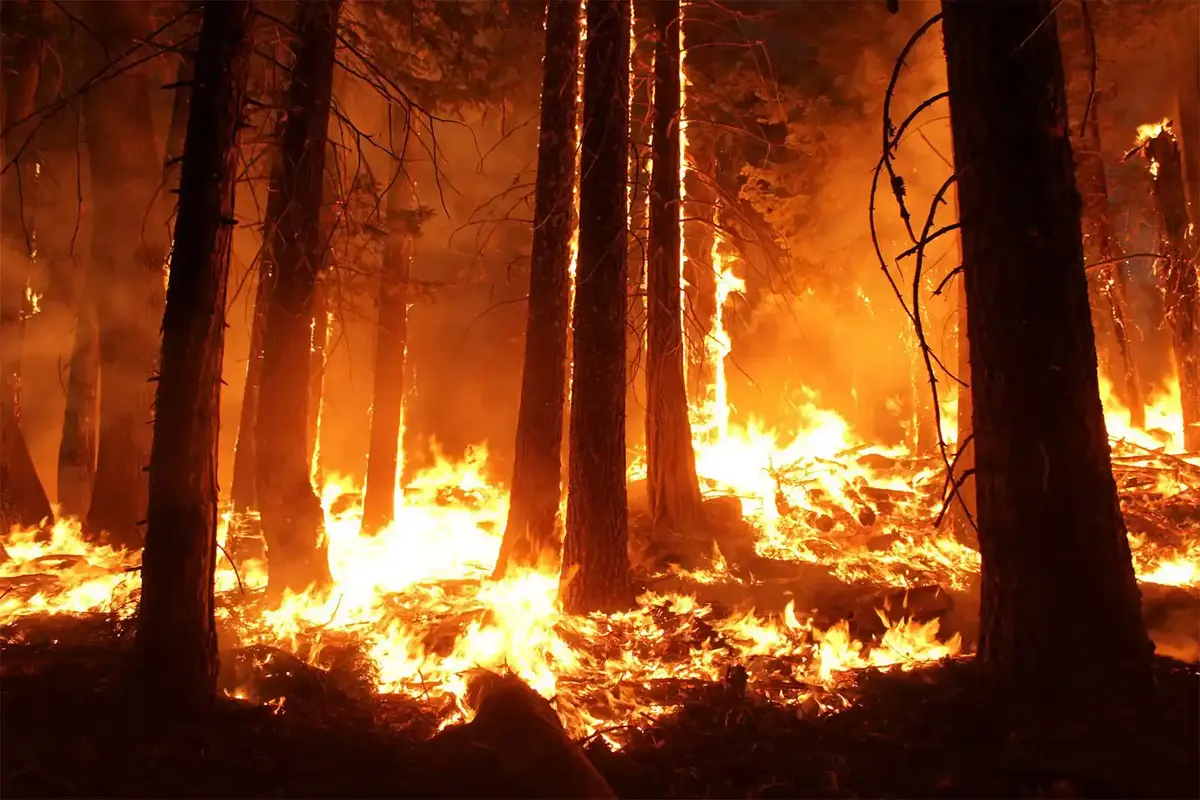
Representative Image
In the past 72 hours, the hill state of Uttarakhand has been besieged by 108 forest fires, wreaking havoc across 142 hectares of forest land, primarily concentrated in the Kumaon region. The situation escalated to such an extent that the Indian Air Force mobilized two helicopters, while the Army collaborated with forest officials to combat the infernos engulfing the popular tourist destination of Nainital.
NASA’s Fire Information for Resource Management System (FIRMS) has revealed a startling statistic: the number of fires detected between April 1 and 27 has surged by 127% compared to the average recorded between 2012 and 2021. Experts attribute this alarming spike to an exceptionally dry winter followed by below-normal spring rainfall.
Shekhar Pathak, a historian and academic specializing in Uttarakhand’s people’s movements, pointed out that the deficient winter precipitation has left the region vulnerable. January ended with a staggering 58% rain deficiency, with a subsequent improvement in February, although still falling short of replenishing the water-sparse region. Since March 1, Uttarakhand has faced a rain deficiency of 17%.
A senior official from the Forest Survey of India (FSI) underscored the role of environmental and meteorological conditions in fueling these fires. While over 90% of forest fires in India are anthropogenic, they are often unintentional. The shedding of pine leaves and needles during this season exacerbates the situation, creating a conducive environment for fires to spread rapidly.
The proliferation of pine monocultures, covering 25% of Uttarakhand’s forests, exacerbates the challenge. Pathak emphasized the importance of community involvement in addressing this crisis, noting the diminished role of local communities in forest management.
Globally, forest fires have intensified, burning nearly twice as much tree cover as they did 20 years ago. Boreal forests, spanning vast coniferous regions in countries like Russia, Canada, and the US, are among the worst affected, followed by tropical forests in biodiversity hotspots such as the Amazon.
As Uttarakhand grapples with the escalating forest fires, urgent action is needed to mitigate the impact and prevent further devastation. Engaging local communities in forest management and implementing effective measures to tackle the root causes of these fires are critical steps towards safeguarding the region’s precious biodiversity and mitigating the risk of future calamities.
Also Read: US Woman Scores ₹41 Lakh Jackpot Following Boyfriend’s Lottery Ticket Tip
To read more such news, download Bharat Express news apps


















